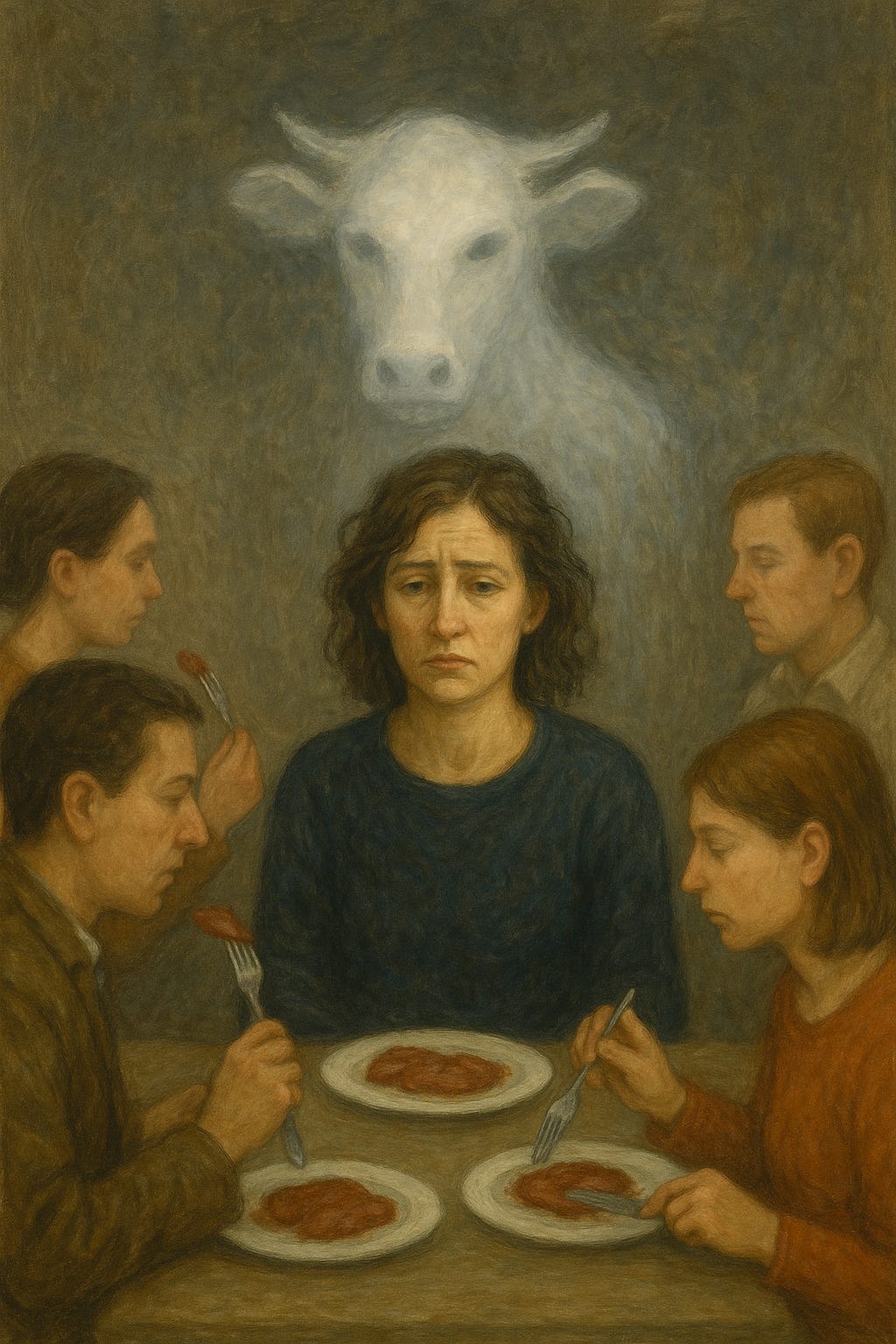I wanted to apply for the prize criticizing EA but unfortunately I’m too late. Here it is anyway.
EA is interested in big ideas but there are 8 billion people on this planet and you’ve got to bring them along with you - you can’t change the world for them, you have to encourage them to change the world with you.
So, encourage your followers: if someone self identifies as an EA supporter, acknowledge them. If you put your email address on the internet, you’ve got to expect people to write to you and you need to reply, partly because it’s polite and partly because you’re trying to build a community here.
You can have a standard reply that is both encouraging and yet non-committal.
Some of the ideas may sound strange- if you’re going to set yourselves up as idea specialists, you need to investigate new ideas.That takes time and has many blind alleys but occasionally you’re going to find gold. You can’t decide without doing some investigation or you could miss a big idea.
So here’s a new idea that I can’t get anyone in the EA community to investigate -a way to get rid of chronic pain.
It’s quick and free. According to EA guidelines, I need to give 3 reasons why this is a good idea- can you not kind of work it out for yourselves?
If not, let me fill in the blanks. First, it stops pain. By freeing people from pain, you allow them to live more productive lives. Second, you massively relieve health care burdens worldwide. Third, people can save a ton of money on painkillers and anti-inflammatories (not such good news for pharmaceutical companies but they will still be needed for acute pain.) Fourth, it should reduce the number of people getting addicted to opioids. Fifth, it could bring in a new era where doctors try to treat the whole body, lifestyle, diet, exercise etc rather than just hand over a prescription. Fifth, you can retrain a whole bunch of back care surgeons to work on another area of the body.Sixth, you encourage people to believe that some problems do have a solution and that solution lies in their own hands.
How does it work? You write down your emotions on a piece of paper, rip it up and throw it away.
Full details here:https://stuartwiffin.substack.com/p/pain-and-what-to-do-about-it
I’m sorry if this sets the wrong tone but when I saw what Dr David Hanscom had discovered, I couldn’t imagine why it’s not better known. I’m trying to spread his work and I’m tired of banging my head on closed doors.




here's Richard Feynman explaining that you can't make assumptions about the world- you have to test them. http://calteches.library.caltech.edu/607/2/Feynman.pdf